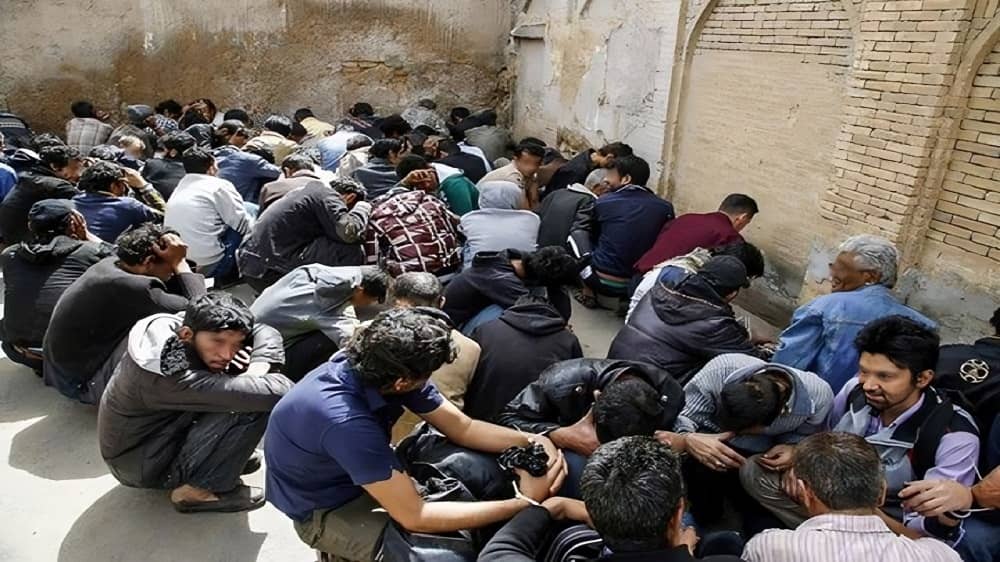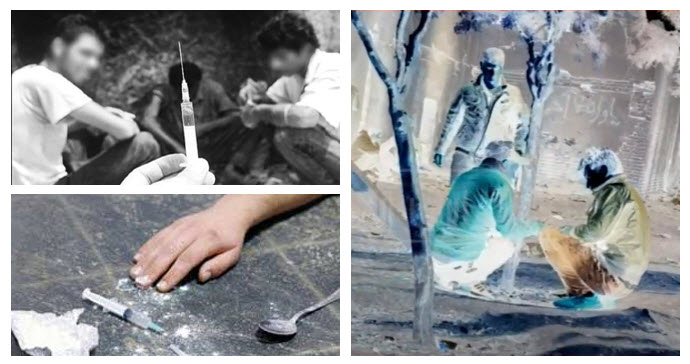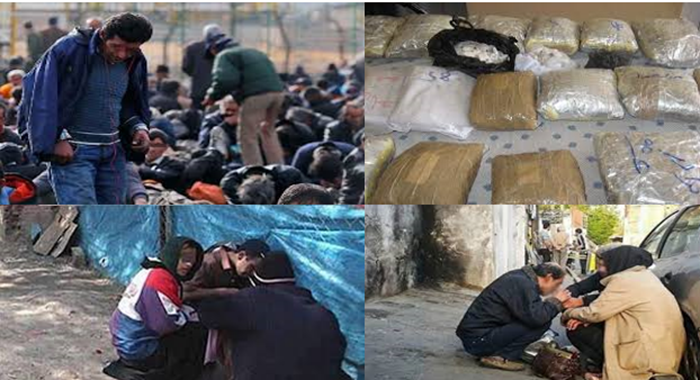

Unofficial reports pierce this veil, revealing the grim reality of a nation grappling with an escalating substance abuse problem. The Etemad newspaper’s investigation into Iran’s addiction landscape paints a concerning picture of shifting drug preferences, with opium’s decline overshadowed by the rise of heroin, crystal methamphetamine, and other dangerous substances.
This phenomenon is closely tied to the nation’s economic woes, as drug prices soar alongside exchange rates and inflation. Iran emerges not only as a major consumer but also as a producer of the deadliest drugs, challenging the global community’s efforts to combat drug trafficking and abuse.

However, the veracity of the data presented in such reports is under scrutiny due to significant inconsistencies in the government’s addiction statistics over the years. The official narrative, which pegs the number of addicts at 2.8 million, contrasts sharply with previous admissions and independent assessments, revealing a history of manipulated figures designed to obscure the true extent of Iran’s addiction crisis.
Ali Hashemi’s revelations, dating back to 2006, disclose a staggering 3.76 million addicts within Iran’s borders a figure that was purportedly reduced under Mohammad Khatami’s presidency through statistical sleight of hand.

The depth of Iran’s addiction problem is further complicated by the nuances of drug consumption patterns, including the significant segment of recreational users and the alarming trend of drug use among minors, with addiction ages dipping to 11 to 15 years old. The exclusion of these groups from official statistics masks the full scale of the crisis, as the United Nations’ report citing Iran’s world-leading 31.3% annual drug use rate starkly illustrates.
The economic implications of this epidemic are profound, with the drug trade’s financial turnover dwarfing significant portions of the national budget. This stark reality, coupled with the underreporting of recreational use and the omission of young addicts, underscores the catastrophic dimensions of Iran’s drug crisis.

The plight of millions ensnared in addiction’s grasp calls for a concerted effort to peel back the layers of obfuscation and confront the challenges head-on, with the hope of forging a path toward recovery and resilience.

MEK Iran (follow us on Twitter and Facebook), Maryam Rajavi’s on her site, Twitter & Facebook, NCRI (Twitter & Facebook), and People’s Mojahedin Organization of Iran – MEK IRAN – YouTu







